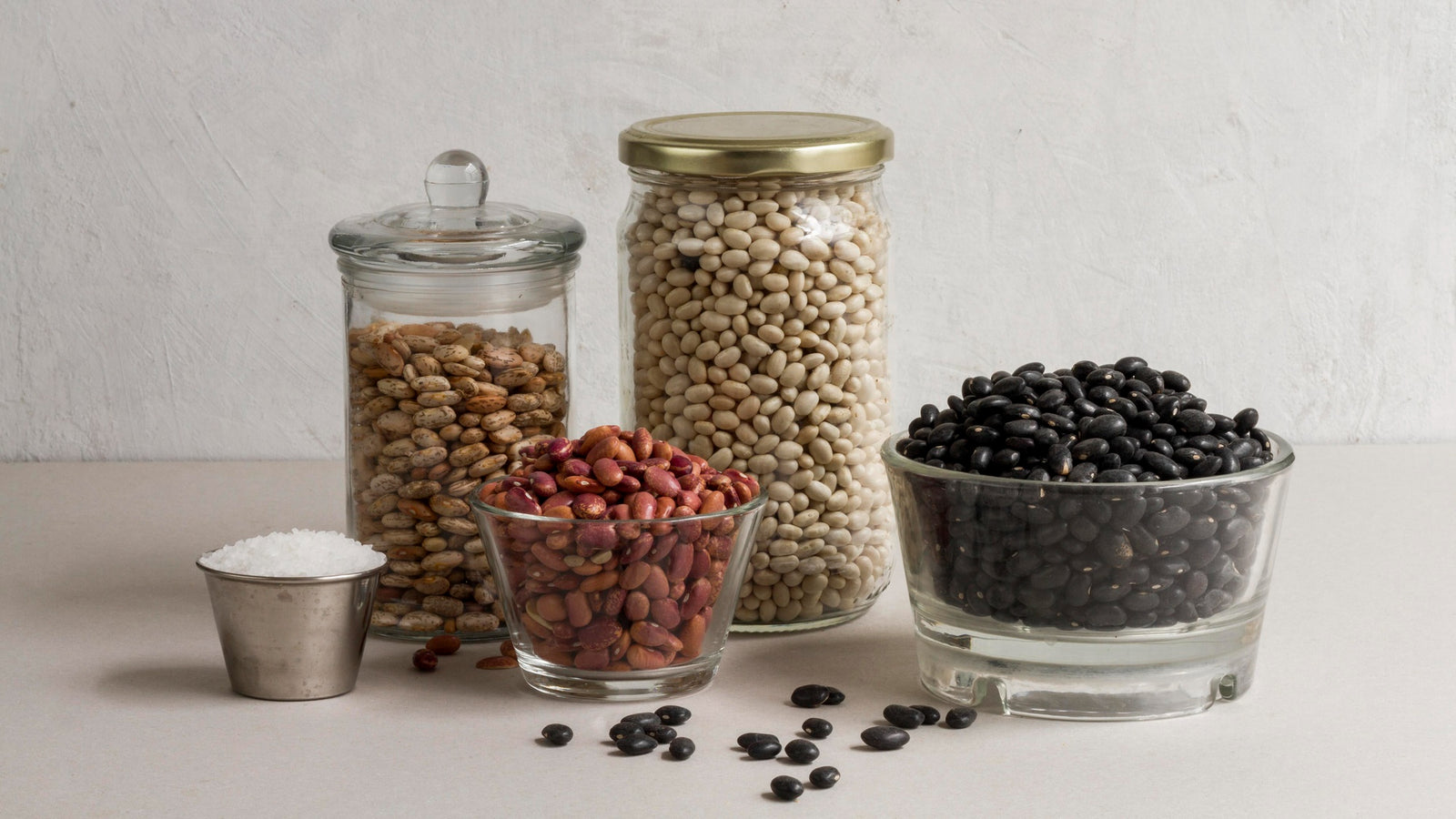
April 10, 2024 2 min read
In today's health-conscious world, organic spelt flour has garnered considerable attention for its unique nutritional profile and culinary versatility. This ancient grain has been cultivated for centuries, prized for its robust flavor and abundance of health benefits. From its humble origins on organic farms to its place on our tables, let's explore the journey of organic spelt flour and uncover the secrets behind its growing popularity.
At the heart of organic spelt flour lies a commitment to sustainable agriculture. Organic farmers prioritize soil health, biodiversity, and natural resource conservation, eschewing synthetic pesticides and fertilizers in favor of organic methods. By cultivating spelt in harmony with nature, these farmers not only preserve the integrity of the land but also produce grains that are free from harmful chemicals and genetically modified organisms (GMOs).

Once harvested, spelt undergoes a meticulous milling process to produce the flour we know and love. Traditional stone mills grind the grains at low temperatures, preserving their natural flavors and nutrients. This gentle method ensures that organic spelt flour retains its inherent goodness, including essential vitamins, minerals, and antioxidants. The result is a wholesome flour with a rich, nutty flavor and a light, airy texture ideal for baking a wide range of culinary delights.
Organic spelt flour offers a myriad of health benefits that set it apart from conventional wheat flour. Rich in protein, fiber, and essential nutrients like iron, magnesium, and B vitamins, spelt flour nourishes the body and supports overall well-being. Its complex carbohydrates provide sustained energy, while its low glycemic index helps regulate blood sugar levels, making it a suitable choice for individuals with diabetes or those looking to maintain stable energy throughout the day.
From rustic loaves of bread to delicate pastries, organic spelt flour lends itself to a variety of culinary creations. Its robust flavor adds depth to baked goods, while its fine texture produces tender crumb structures and crispy crusts. Whether you're kneading dough for artisanal bread or rolling out pastry for pies and tarts, organic spelt flour offers endless possibilities for culinary experimentation. With a bit of creativity and imagination, you can elevate your favorite recipes with the wholesome goodness of spelt flour.
In conclusion, organic spelt flour represents more than just a culinary ingredient—it embodies a commitment to sustainable farming practices, nutritional excellence, and culinary artistry. From the fertile fields of organic farms to the tables of discerning home cooks and professional chefs, spelt flour continues to inspire and delight with its rich heritage and remarkable versatility. So why not embark on your own culinary adventure with organic spelt flour and discover the joys of baking with this ancient grain?
❤ Try our USDA certified organic Spelt Wheat Berries and Spelt Flour❤
Related Recipes
Comments will be approved before showing up.

April 29, 2024 3 min read

April 24, 2024 3 min read
This article explores the unique characteristics and culinary uses of pinto beans, small red beans, and black beans. Highlighting their distinct flavors, textures, and nutritional profiles, the piece delves into how each bean fits into different regional cuisines and cooking methods. From the creamy texture of pinto beans in Mexican dishes to the firmness of small red beans in Caribbean meals and the robustness of black beans in Latin American recipes, this guide offers a comprehensive look at these versatile staples in global kitchens.

April 22, 2024 3 min read
This article traces the journey of organic kasha, also known as toasted buckwheat groats, from its cultivation as a seed to its role in sustainable agriculture and its culinary uses on the dining table. Highlighting the eco-friendly farming practices and nutritional benefits, it delves into how kasha supports both personal health and environmental sustainability. Rich in protein, fiber, and essential nutrients, kasha is celebrated for its unique flavor and versatility in dishes ranging from traditional Eastern European recipes to modern health-conscious meals.
© 2024 Be Still Farms- Real, Fine Organics.
Privacy | Terms | Refund Policy | Organic Certification
